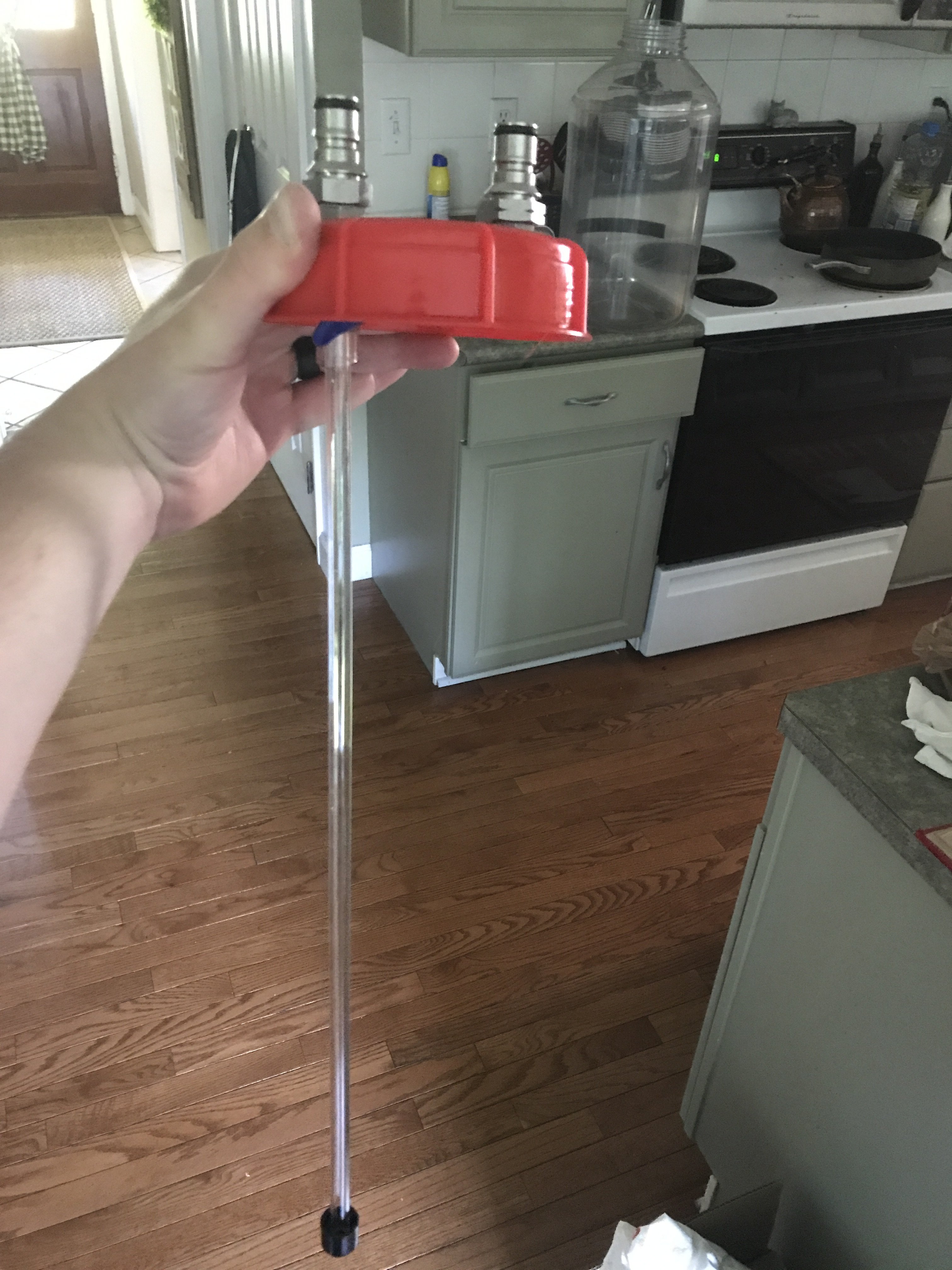I've been thinking of moving towards fermenting in cornys. I tried it with an APA and it was a disaster bc my disconnects clogged. I'm thinking of trying Scott Janish's dip tube filter.
Has anyone had success keg fermenting beers with loads of dry hops? If so, any tips/tricks to share?
It seems like I'm in the minority here, but having tried both the CBDS and Janish dip tube screen in both fermenting keg and serving keg (only tried once for each in the SK, due to the issues I'll mention below) for filtering out dry hops in this style, my preference is for the Janish recommended dip tube screen.
The process I've been using most recently is the dip tube screen in the fermenter with all dry hops going in the fermenter keg (typically ~5oz for 4.25 gallons of beer). I bought straight dip tubes (a few bucks each from Austin Homebrew) to use in my fermenting kegs to avoid having to trim my originals. For NEIPAs, I use one that leaves about 1/3rd gallon of liquid behind, which seems to get almost all the liquid above the hops without having had any clog issues. I typically cold crash about 48 hours before transferring to SK. I did try adding the final dry hop in the SK with the Janish dip tube once, but it seemed like the first ~8oz beer I poured in a day had some astringency/bitterness that I assume was from the close proximity to the hops at the bottom of the keg. Didn't feel like it boosted aroma or flavor by having them in the serving keg, so all my dry hops go into the primary now. I like that they are stainless, so they are shiny clean after a rinse and a PBW soak (I just soak them in the PBW leftover from cleaning the fermenting keg).
For the CBDS, process-wise, I rate them about the same as the Janish dip tube. They've worked just as well for screening out hops and transferring out of the primary or serving from without clogs. The issues I've had were mainly off-flavors that I strongly suspect is from flavors carrying over from the silicone tubing to the beer. Once you've fermented a NEIPA with one of these, you'll notice the silicone tubing is permanently stained and will smell like your dry hops, even after a good PBW soak. Over time, that dry hop smell turns into something that smells much less pleasant, and this I what I feel like I was tasting in my beers, especially when using them in the serving keg (it would start off barely noticeable but ruin the batch over the course of a few weeks). I know many here are using them without experiencing this issue though, so maybe I need to be cleaning them differently or maybe if you transfer out of the primary within 10-12 days and don't use them in the serving keg it's not as noticeable. The only times I've not had this issue on NEIPAs with the CBDS though was new silicon tubing, and it's not worth the cost or hassle to me to cut a new 3 feet of tubing for every batch given how well the Janish dip tube screen works.
Just figured I'd share my experience, since I think both options work great for filtering out he dry hops after a cold crash. And if anyone here has ideas on what I've been doing wrong with the CBDS to get this weird grainy/cheesy off-flavor with IPAs when I've used them, I'm all ears.








![Craft A Brew - Safale S-04 Dry Yeast - Fermentis - English Ale Dry Yeast - For English and American Ales and Hard Apple Ciders - Ingredients for Home Brewing - Beer Making Supplies - [1 Pack]](https://m.media-amazon.com/images/I/41fVGNh6JfL._SL500_.jpg)



















































